Most of the pastry questions I get are about laminated doughs, so I decided to explain the differences between puff pastry and croissant dough and why you can’t use puff pastry to make croissants.
After all, no one wants to take half a day to make a dough, only realized once you are done that you made the wrong type of laminated dough.

What are the differences between puff pastry and croissant dough?
Puff pastry and croissant dough are both laminated dought that uses similar folding techniques, but croissant dough is different from puff pastry because it contains yeast, which gives the dough a lighter and softer texture. Croissant dough also has sugar and milk in its ingredient list, which puff pastry doesn’t have. This makes croissant dough richer and gives the dough a better flavor.
Also, Puff pastry gets a larger amount of folds and subsequently a larger amount of butter layers, which gives the cooked dough a flakier and more crumbly texture.
This is due to the difference in the lamination process which is explained right after this.
Finally, while both puff pastry and croissant dough use similar techniques, the cooked textures of both dough are completely different and therefore are used differently in classic French pastry making, as you can see in the following table.

What is a laminated dough?
Laminated dough is a dough that has been wrapped around a layer of butter and that has been rolled out and folded in specific ways to create thin and uniform butter layers in the dough. When the dough is cooked, the butter melts and creates steam, which makes the dough rise and created distinctive layers of dough, which is the biggest appeal of laminated doughs.
Laminated doughs can be tricky to do because they require precision in rolling and folding because, if not you can risk having air pockets where butter layers should be which can lead to cooking problems.
Laminated doughs also take a long time to make because they require a lot of refrigeration between folds. Without refrigeration, the butter could soften too much and incorporate into the dough, which would mean losing the precious layers. In the case of croissant dough, it is even more important to refrigerate the dough between folds because it contains yeast, which will make the dough rise, lose its butter layer definition and create air pockets.

Puff pastry vs croissant dough: differences in the lamination process
Puff pastry and croissant dough have different lamination processes. While both doughs get laminated, they get different amounts of folds. Puff pastry traditionally gets a total of six folds while croissant dough only gets a total of 3 folds.
Can I use puff pastry to make croissants?
No, you can not use puff pastry to make croissants because would you end up with a compact and tough bloc of cooked dough that is not airy and generally not very pleasant to eat.
This is because croissant dough is closer to a bread dough while puff pastry is closer to a pie crust. What makes a croissant great is the little pockets of air that you see when you do a cross-section of a croissant and the bounciness of the layered dough that can be peeled back.
Puff pastry, due to its bigger amount of folded layers, gets thinner layers of crispier dough with no air pockets, which gives a crumbly result.
If the idea of taking a large bite of plain cooked pie dough is of no interest to you, I recommend you stick with regular croissant dough to make your croissant, even if the convenience of frozen puff pastry can be attractive.

When should I use croissant dough or puff pastry?
Since Puff pastry is crunchier and more sturdy than croissant dough, it is perfect as a base for desserts like in a Saint-Honoré or as a pie or galette dough. It is also traditionally used as the base for mille-feuille, which means “thousand layers”. Puff pastry is also great for savory amuse-bouche or appetizers, or to wrap around apples and small brie.
Croissant dough is almost exclusively used for breakfast items like croissants and chocolatine. In recent years, there have also been a growing interest in cronuts, which is a donut-shaped croissant dough that is deep-fried and cruffins, muffin shaped sweet croissant rolls.
And while certain bakeries will make a different slightly sweeter dough for their other breakfast items, most establishments will use the same croissant dough to make all their viennoiseries like pain aux raisin and certain danishes. However, traditionally, danish dough often has an addition of eggs, which makes it slightly different from croissant dough.

Which dough is easiest to make?
While puff pastry has more total layers and takes a bit more steps, it is easier to make in general and takes less time. This is because it is a bit more forgiving and less temperamental than croissant dough since it does not contain yeast and does not require to rise for 1 to 2 hours before you can use it. And while puff pasty takes half a day to 1 day to make, croissant dough will often be made over 2 if not 3 days.
However, neither of these doughs is particularly easy to make. I got to learn how to make puff pastry for 2 months in my pasty school experience, while I only got to learn croissant dough after 1 year of everyday hand on pastry experience and 3 months of internship.
If you have trouble making pie dough or rolling out dough evenly while keeping square corners, I would recommend you wait a bit before plunging headfirst into laminated doughs.
Did I miss something?
Now that we have finished our deep dive into puff pastry and croissant dough, let me know if you have any additional questions that I might answer for you or information that I could make clearer.

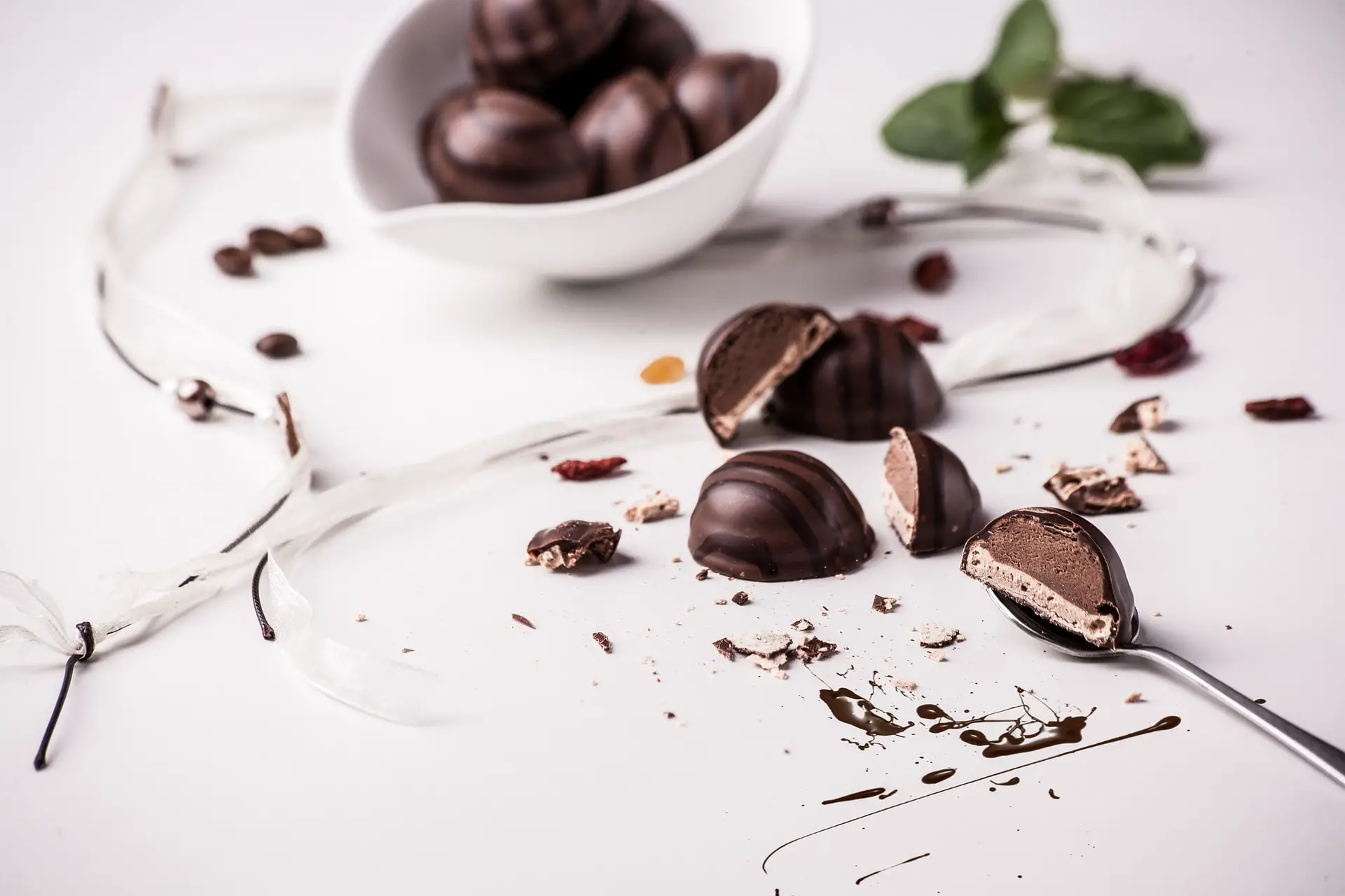
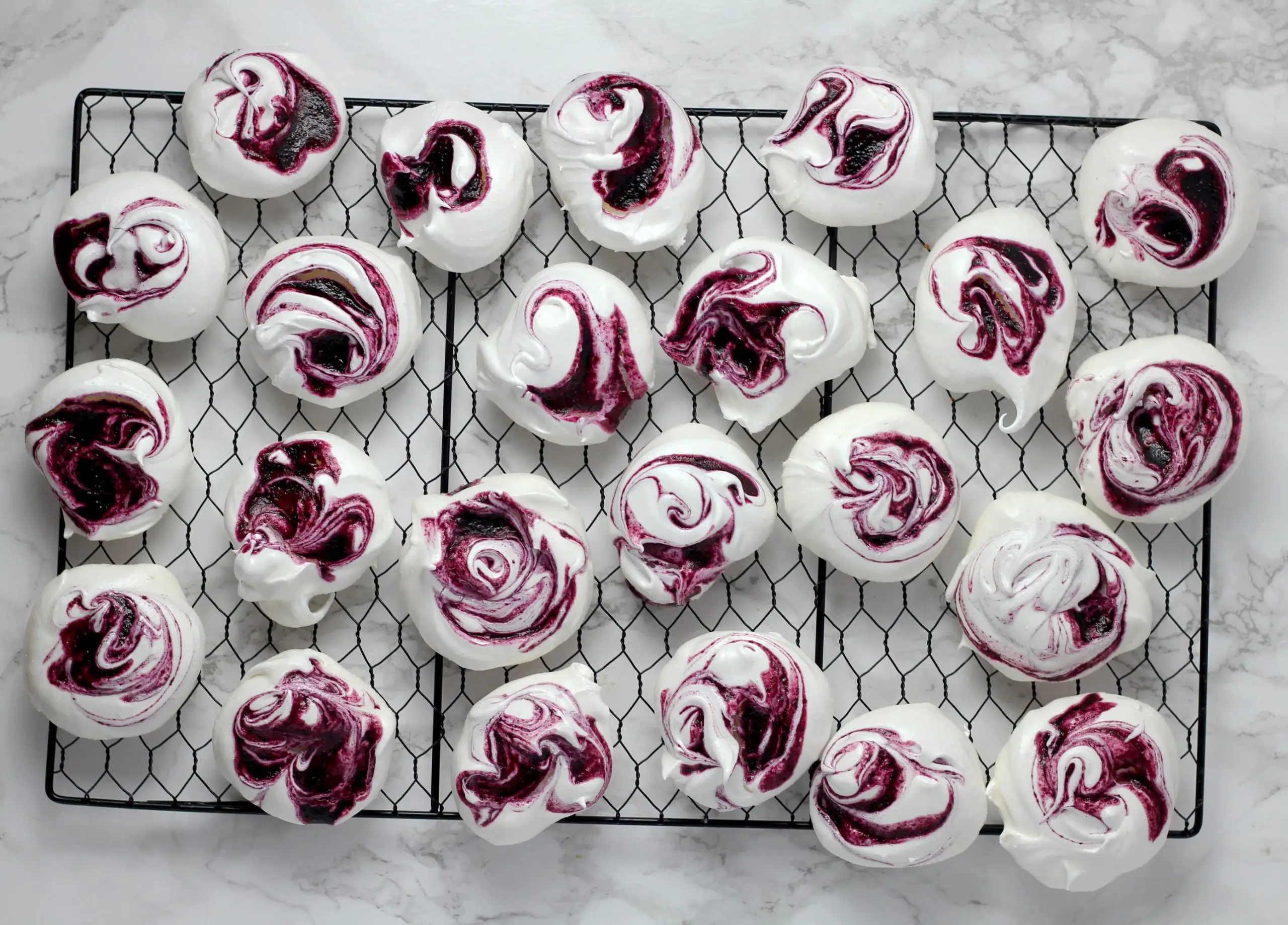
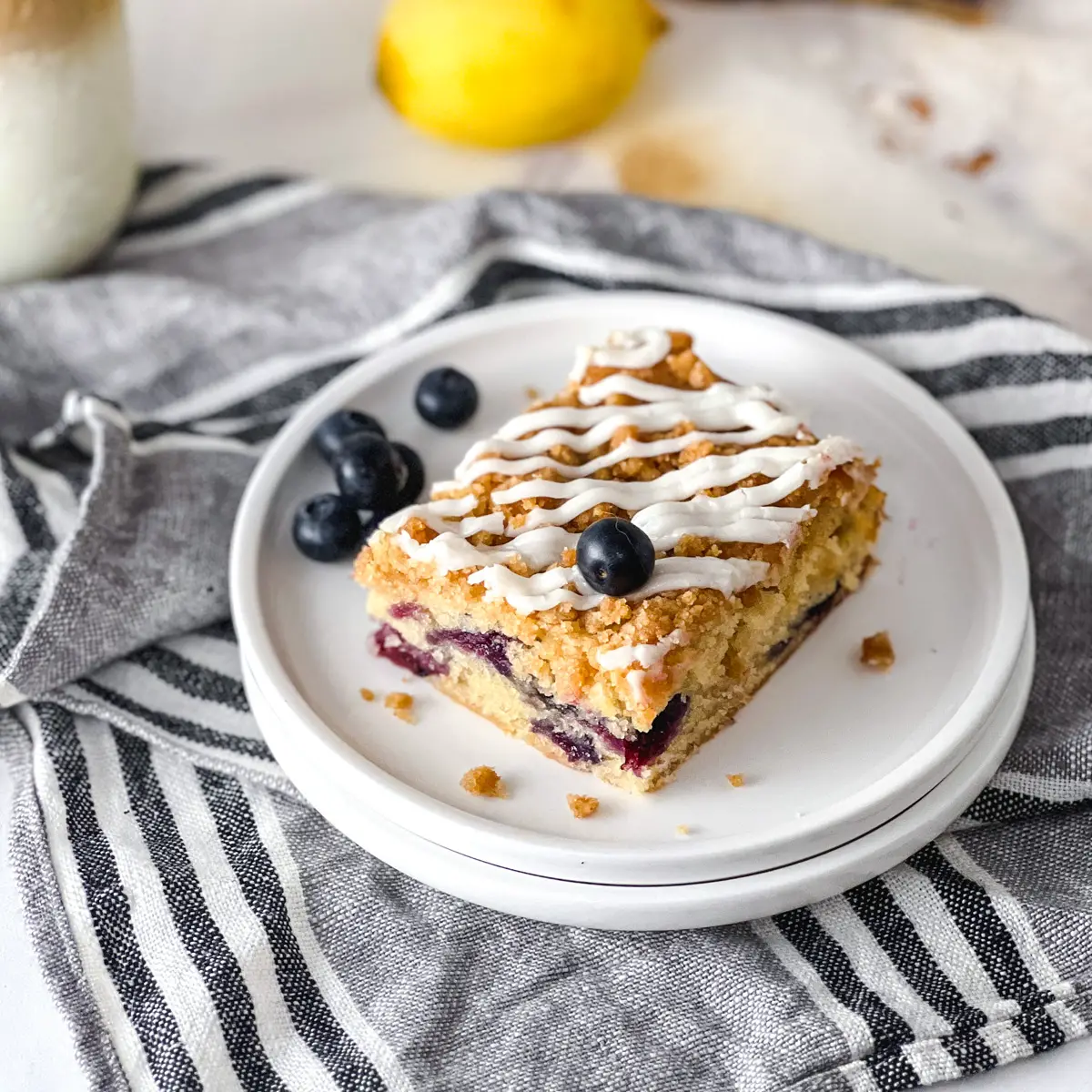
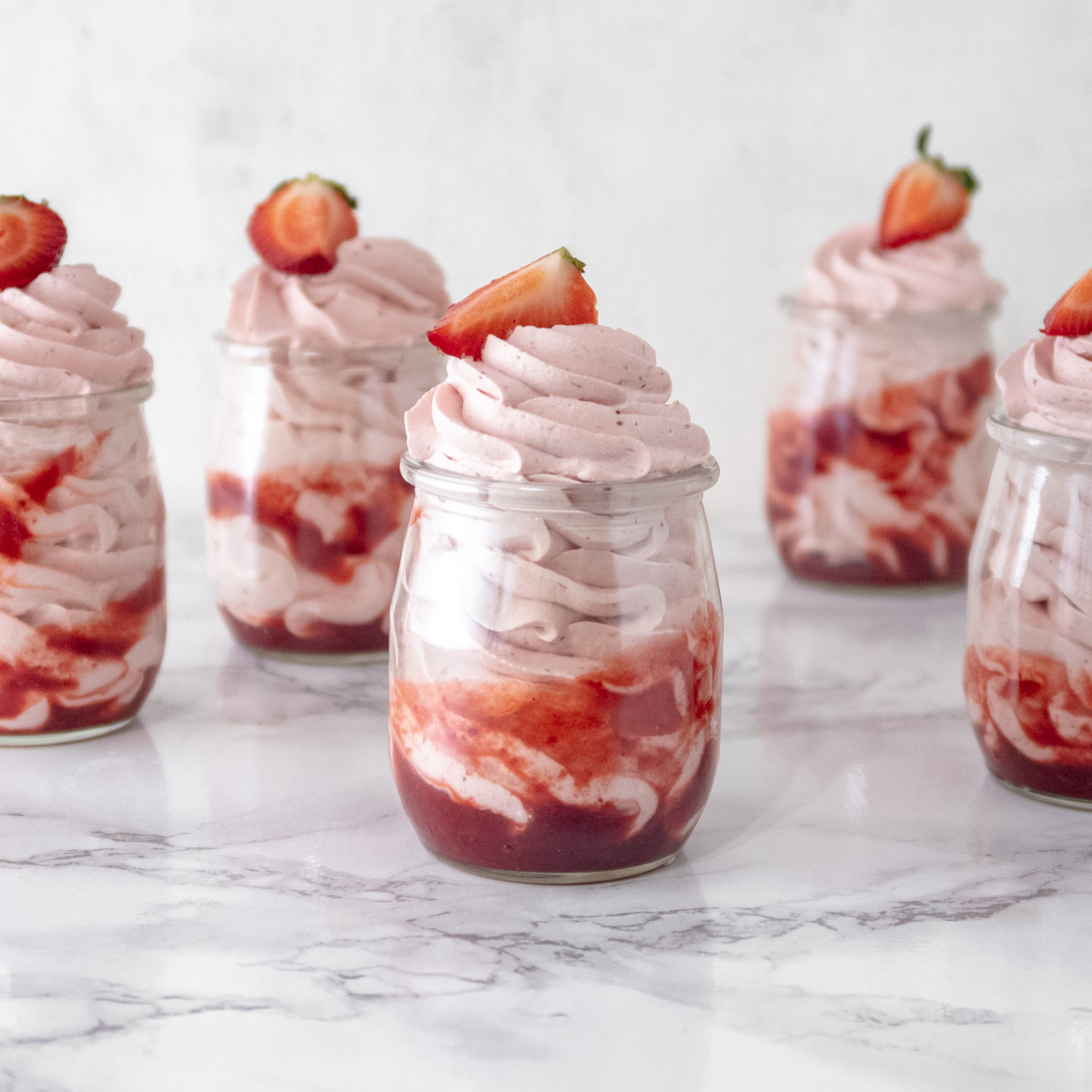
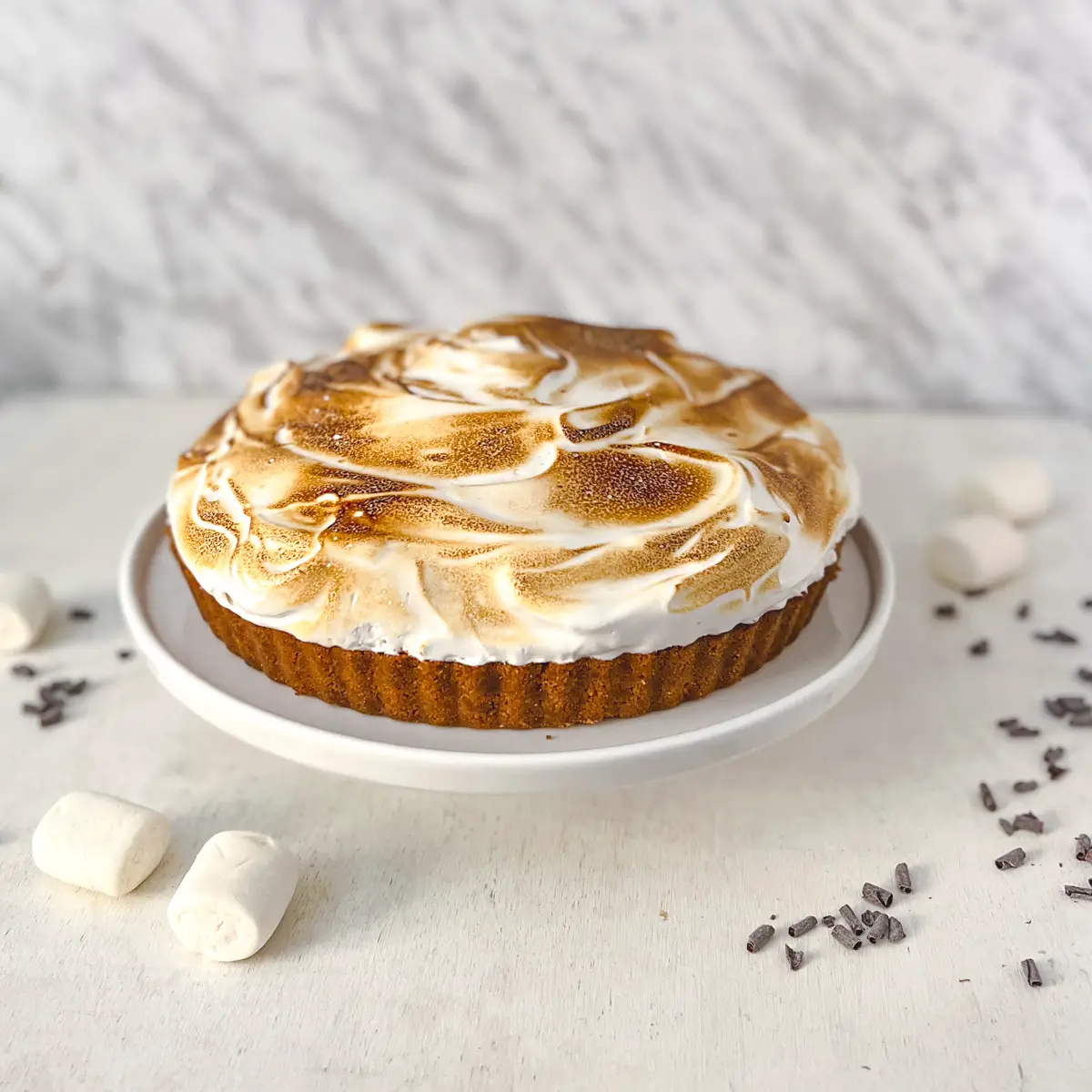
Diego Antuña
Hi Berry, I am Diego Antuña (Uruguay, South America) and I am starting at my 40s, a new development for industrial ingredients distribution.
I am in the bakery sector and your post was very helpful for me.
This is a big difference betweemn pastry and puff pustry that none could explain to me until now.
I wanted to say thank you very very much and I would like to keepo in reading about bakery information from you. You are a great and very clear proffesional !!
Congrats!
D.